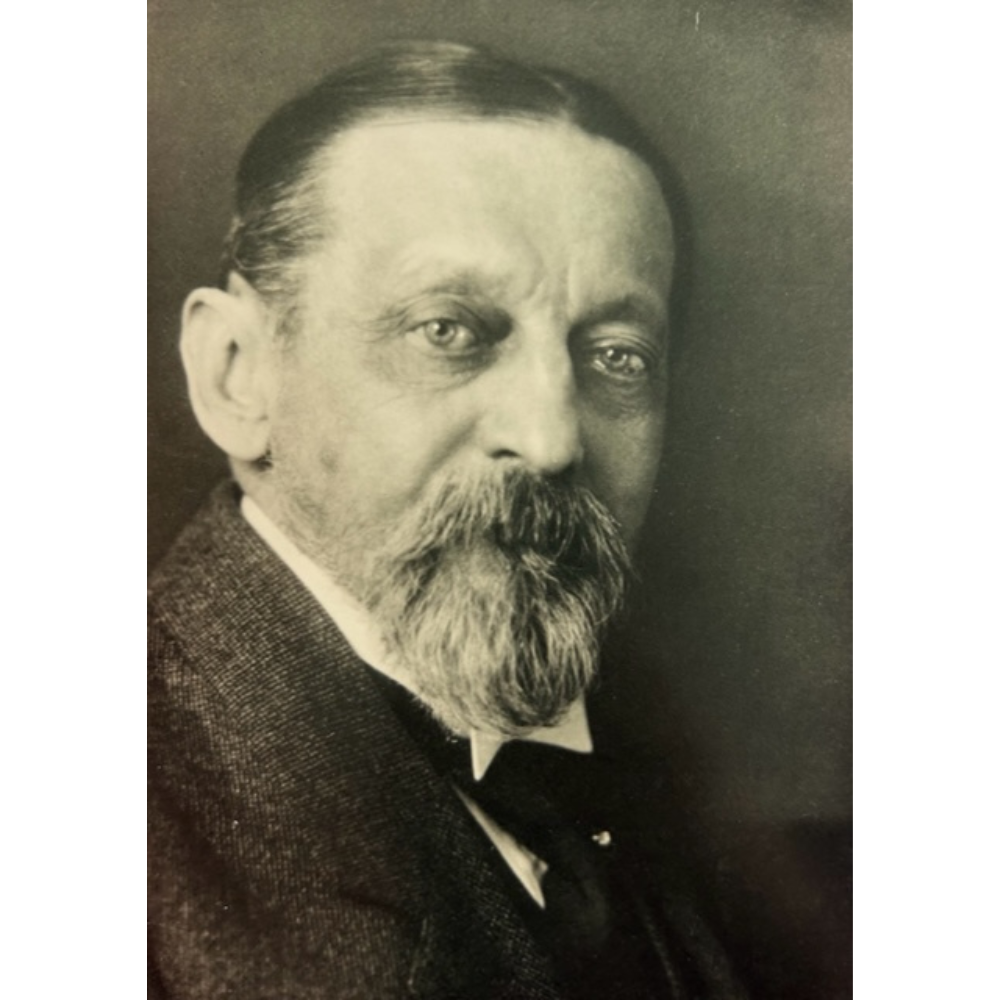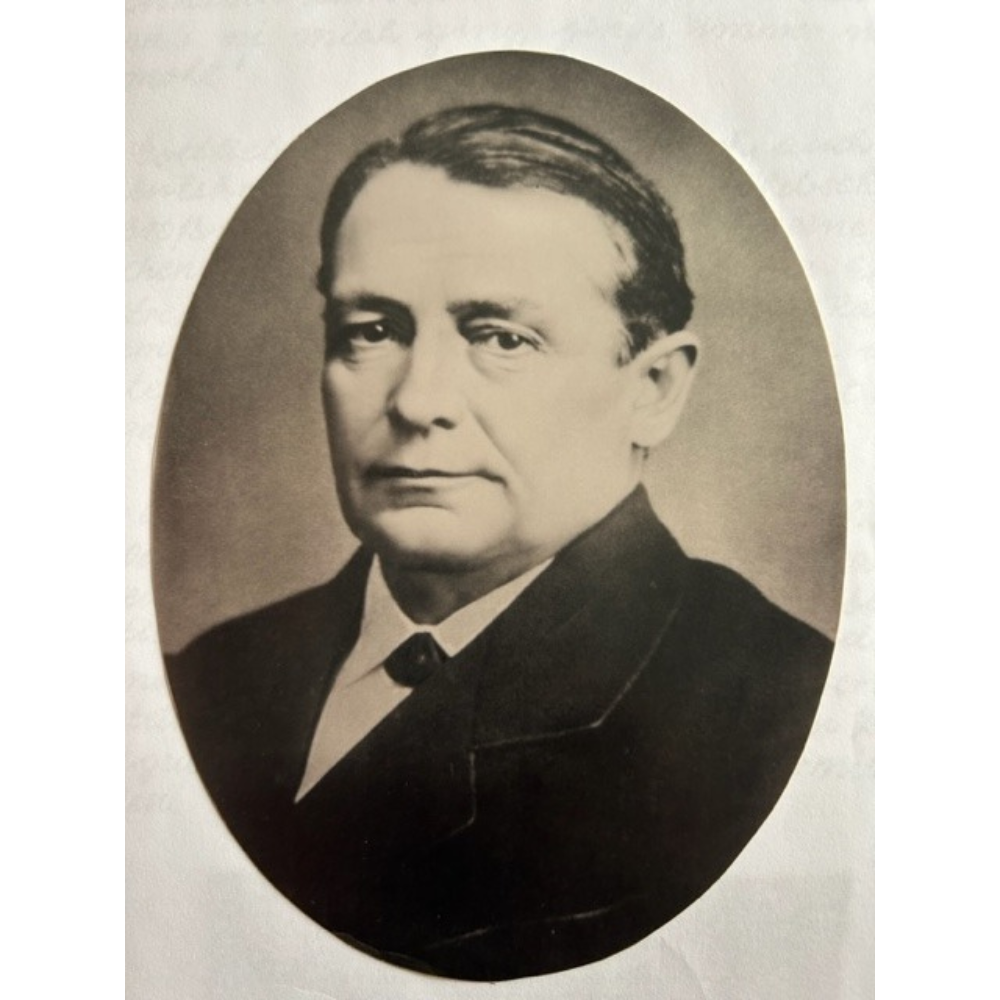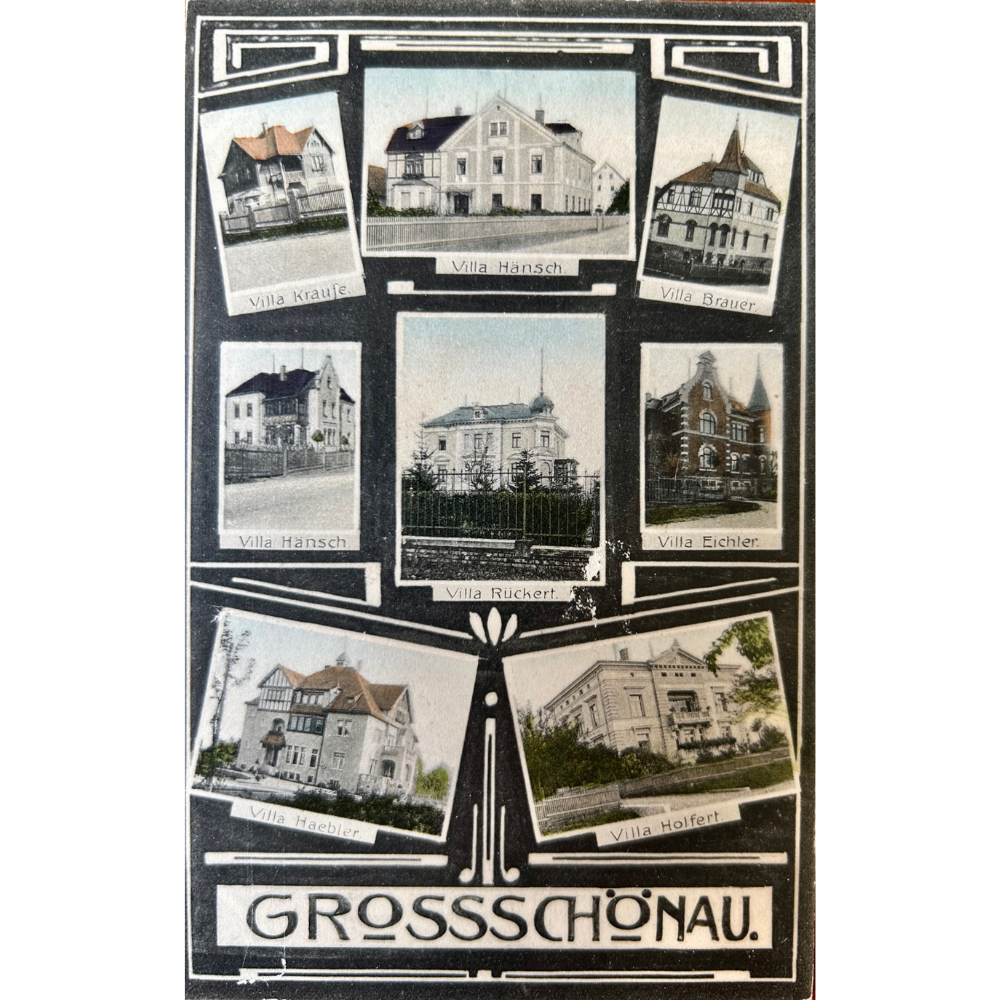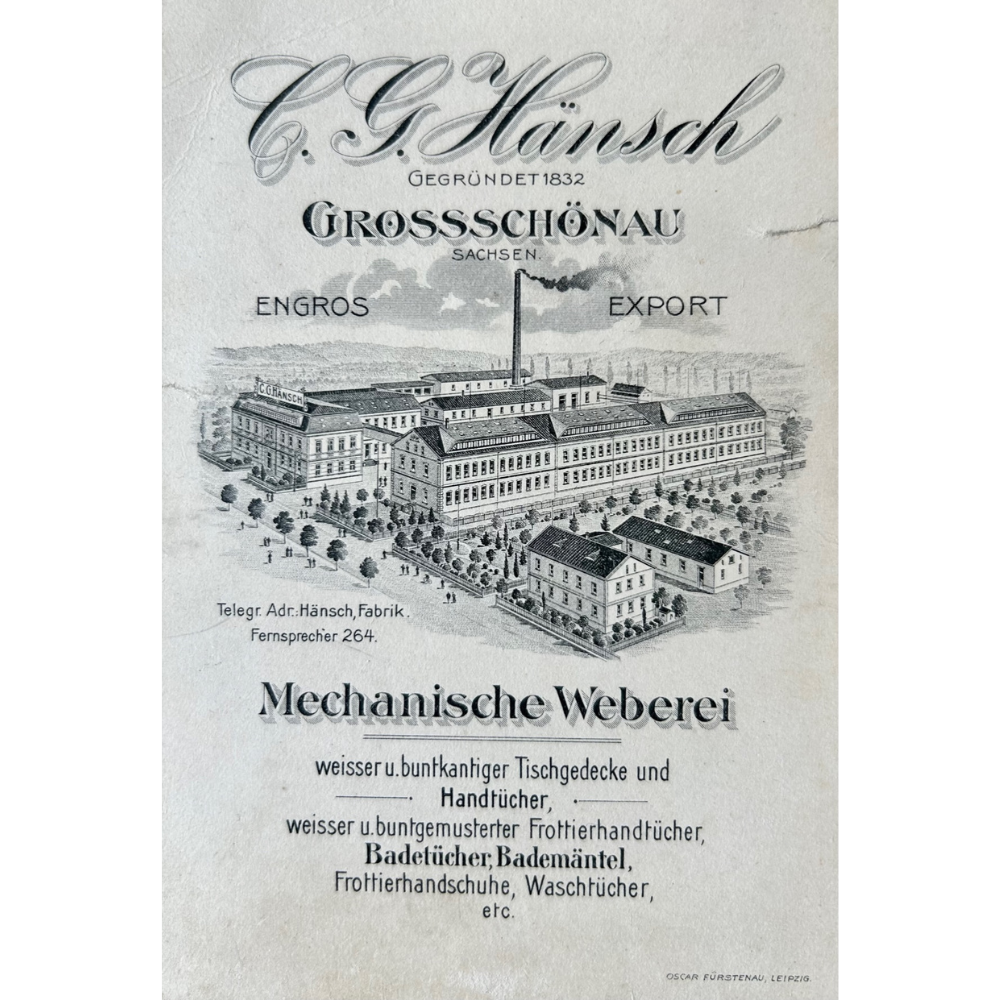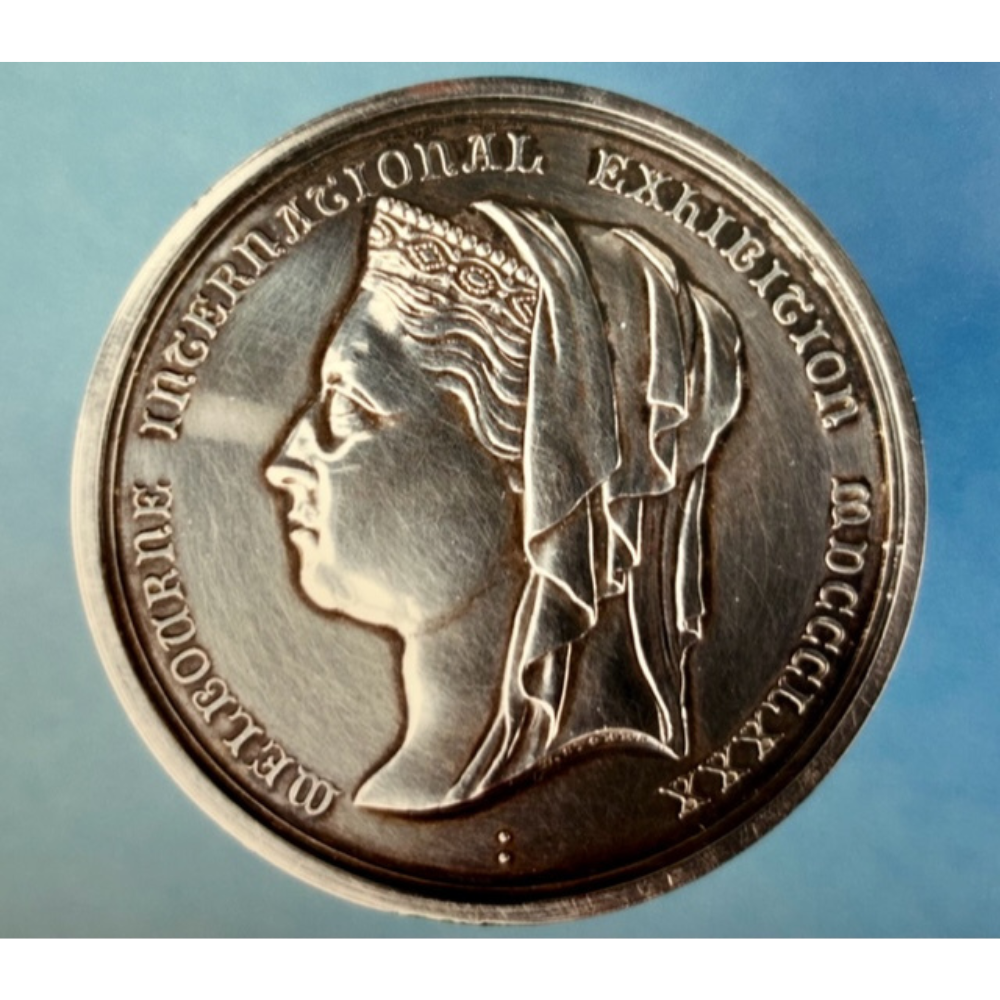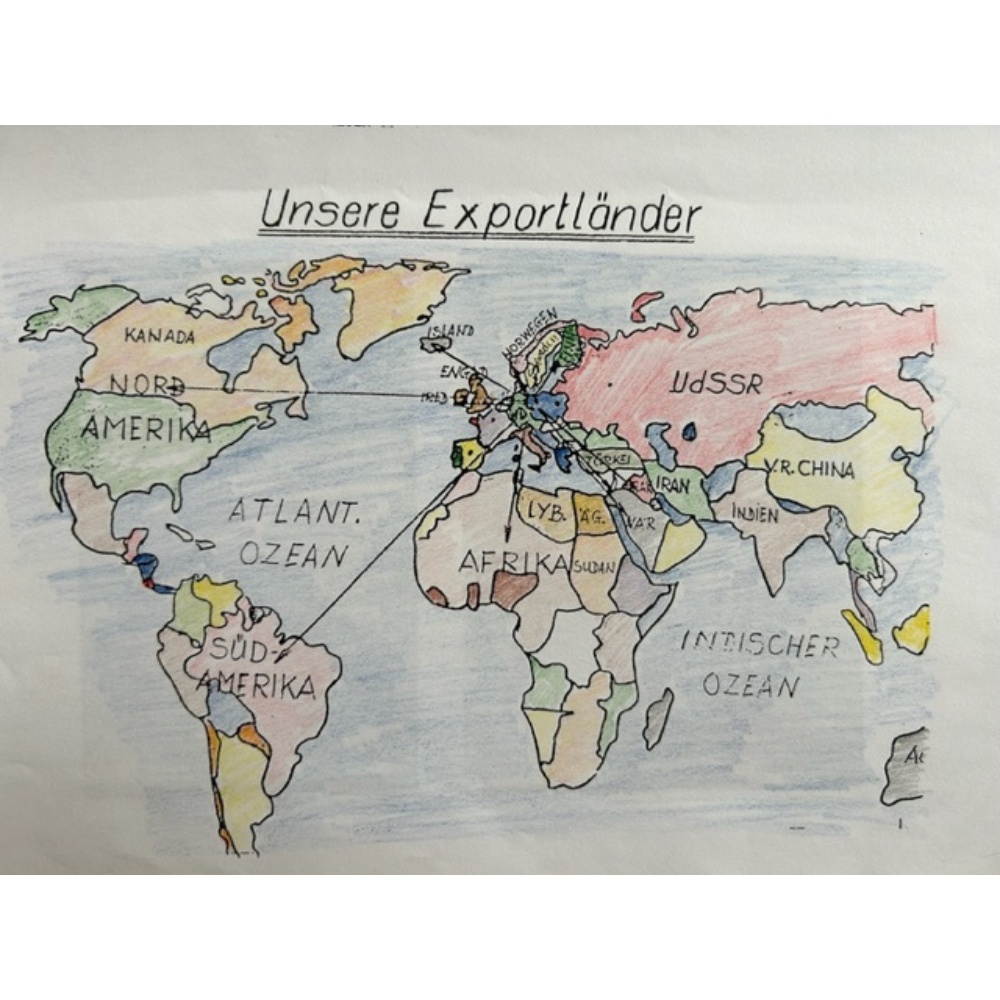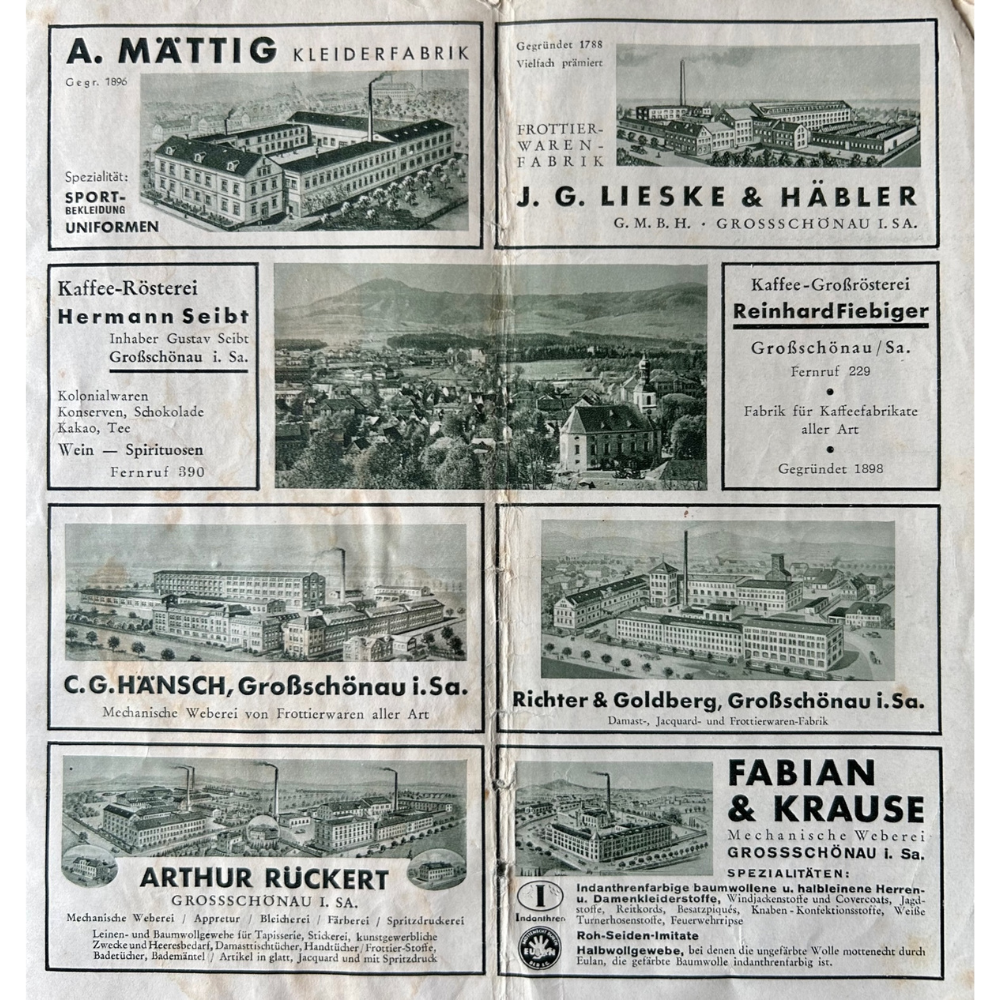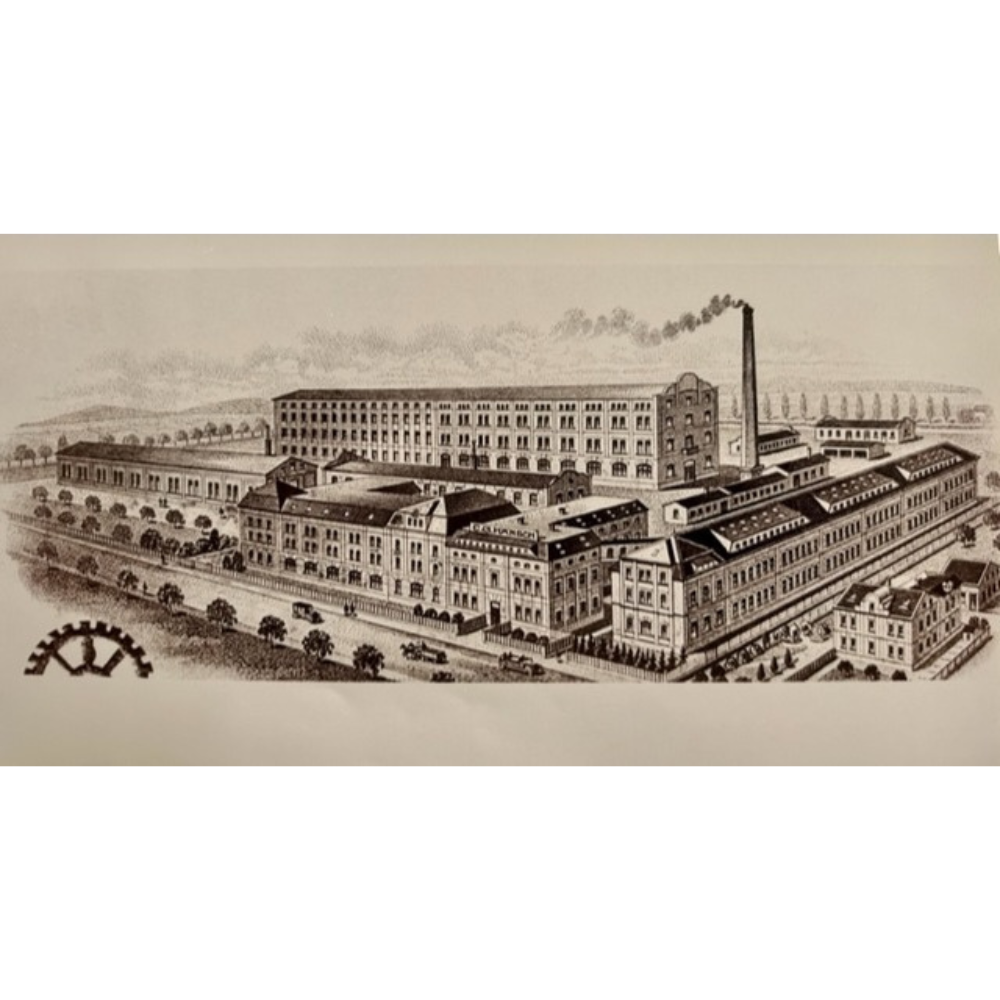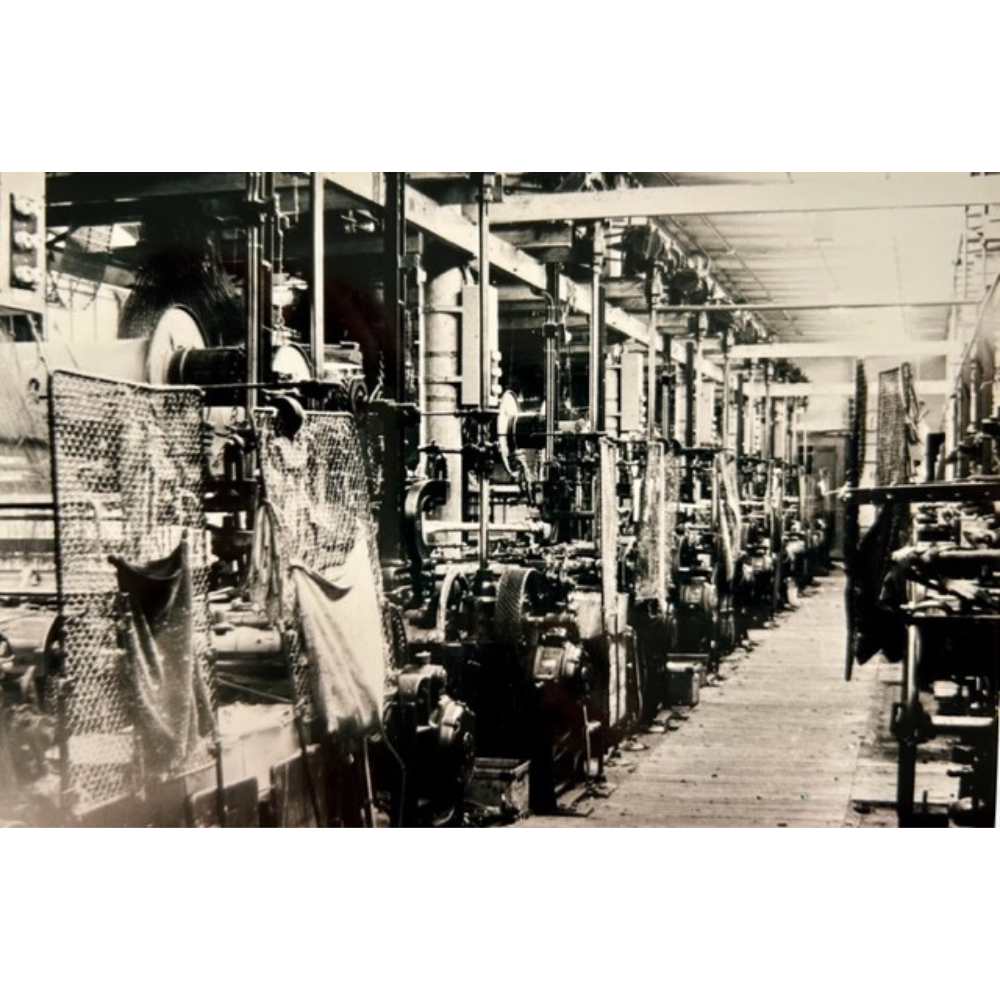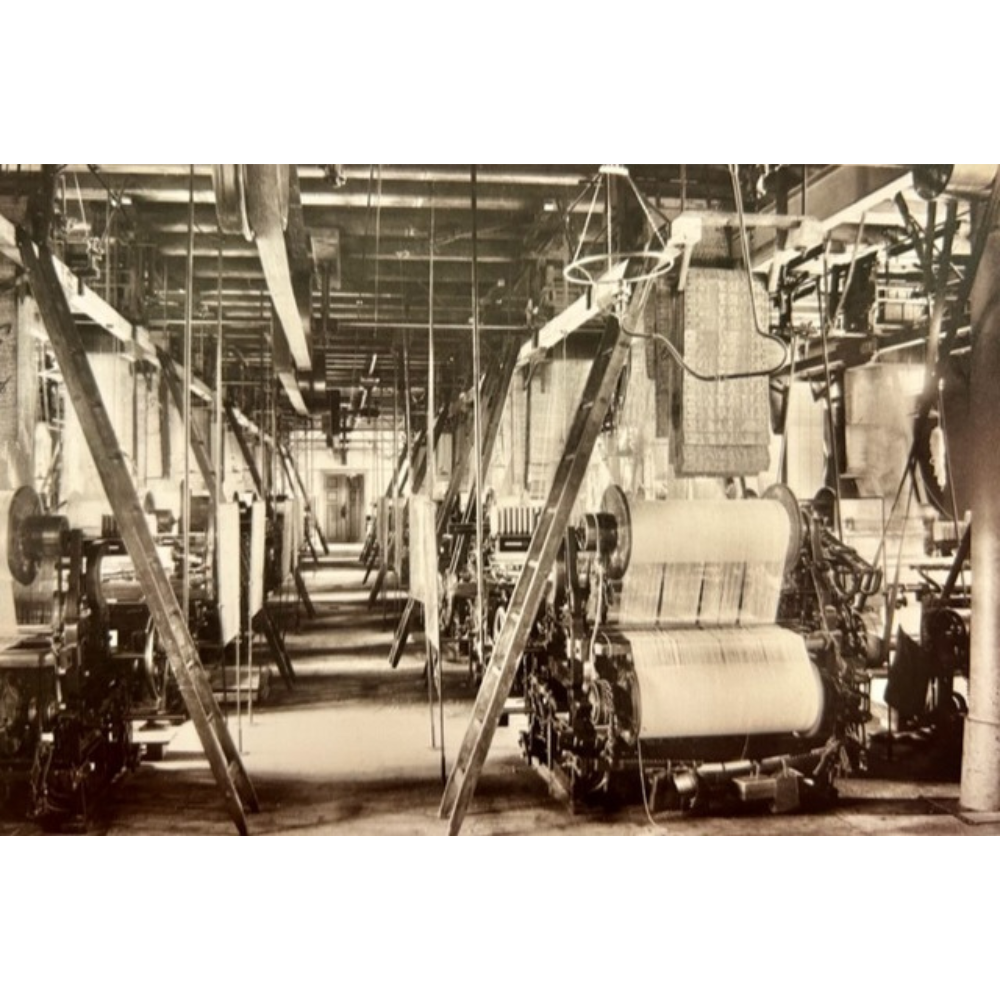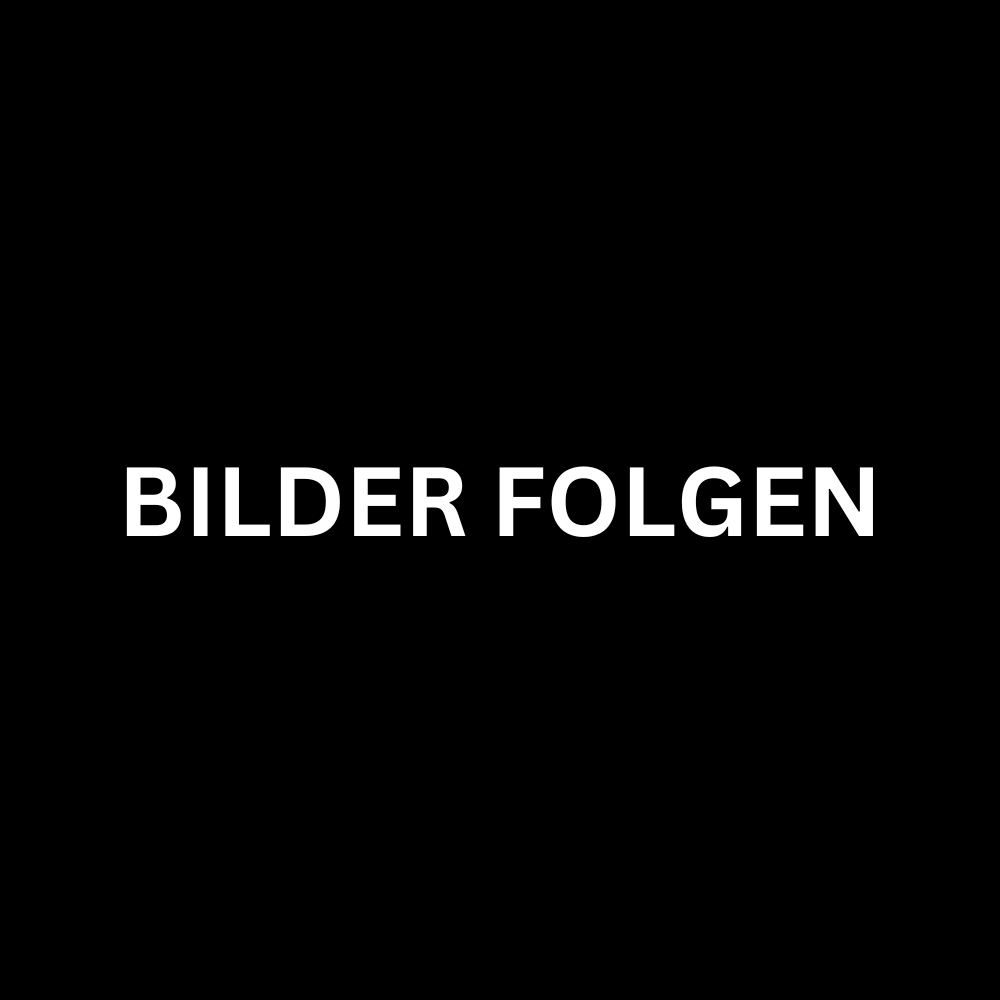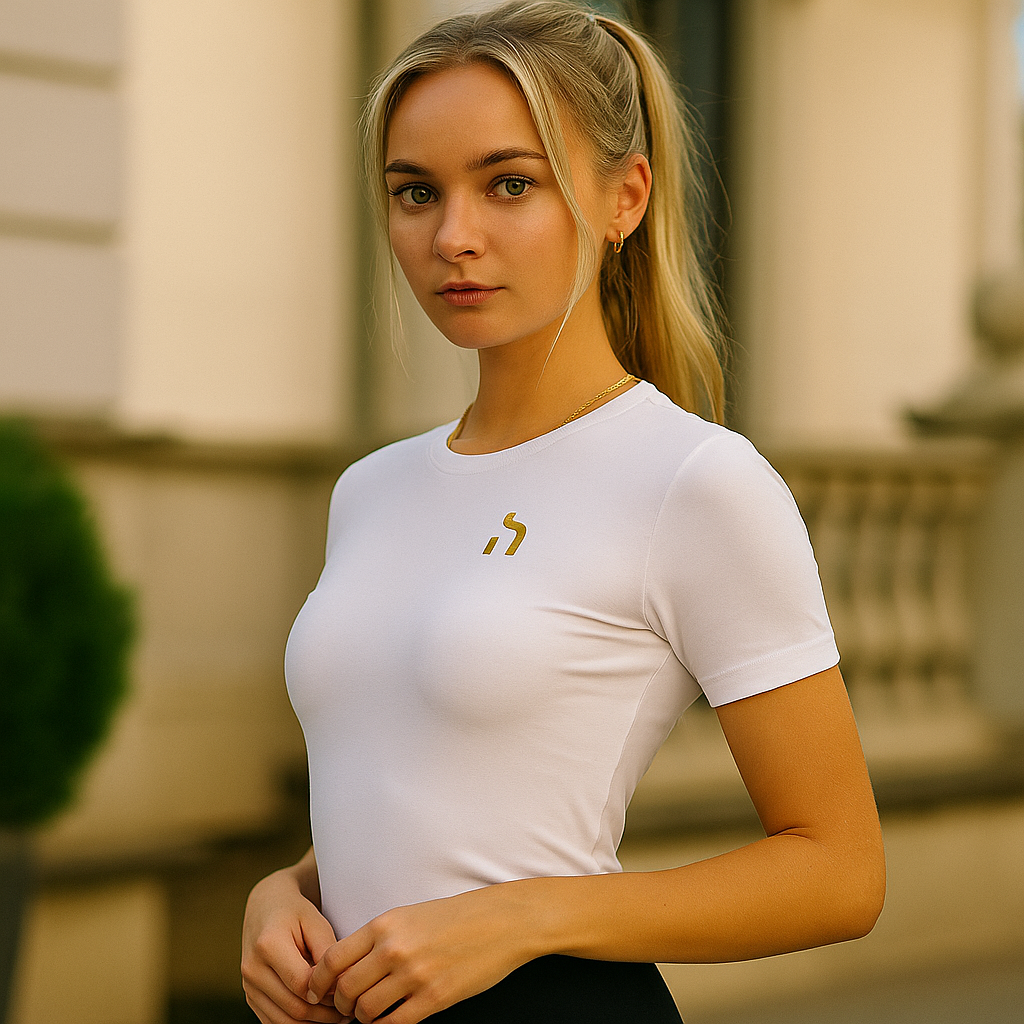
Discover Haensch Fabrics
Experience the symbiosis of tradition and modernity at Haensch Fabrics. For almost two centuries, we have stood for first-class textiles in Großschönau and have developed into a pioneer in sustainable fashion. Our collections are more than just clothing - they are a statement of quality, craftsmanship and responsible production. Be inspired by our contemporary designs that add style and comfort to your everyday life. Welcome to Haensch Fabrics - where past and future come together in every garment.
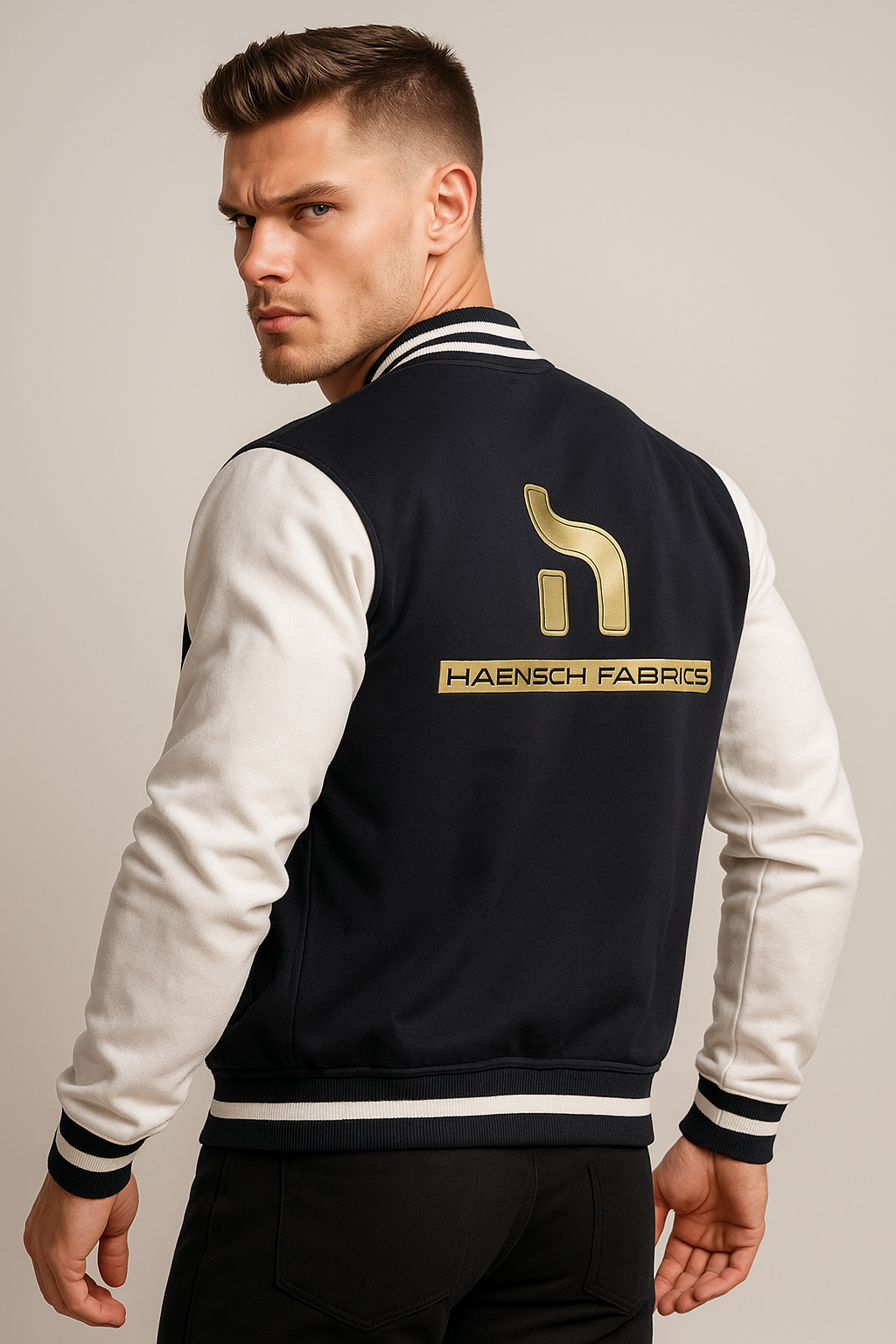
Our roots
Haensch Fabrics looks back on an impressive history. Since 1834, our name has been synonymous with the highest textile quality. In Großschönau, one of the oldest textile villages in Germany, we now produce modern fashion that impresses not only with its design, but also with its sustainable production. From its founding as a weaving mill for swimwear fabrics to its development into a manufacturer of ecological clothing made from fine fabrics, we have continually developed without forgetting our roots.
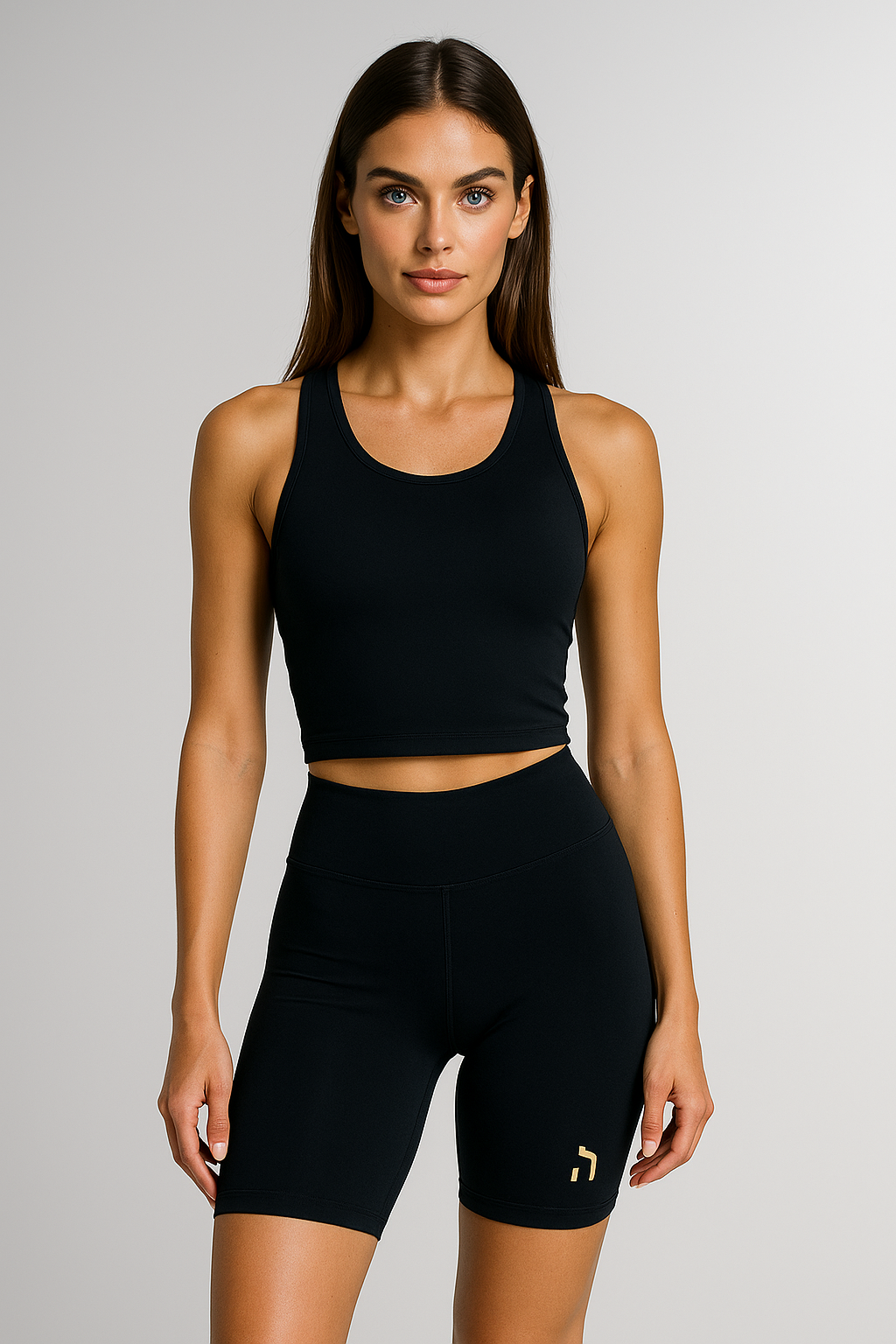
The vision
Our clothing combines style with functionality and is produced with the utmost care in Germany. Support local craftsmanship with every piece and enjoy the good feeling that your clothing was produced under fair conditions. At Haensch Fabrics you will find fashion that not only looks good, but also feels good - 100% Made in Germany, for a conscious life.

